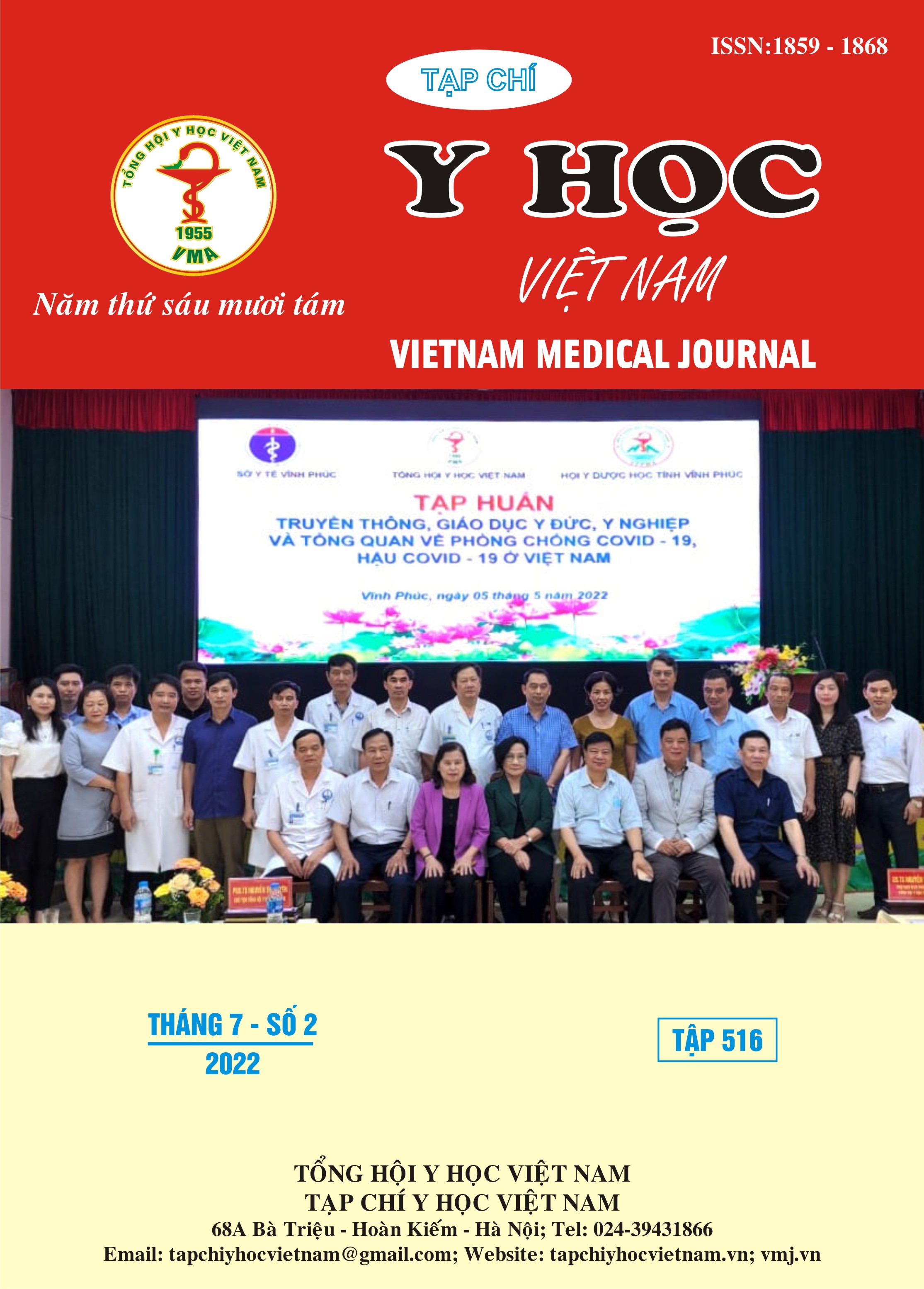SURGICAL COSTS IN VIETNAM: A MULTI-CENTER CROSS SECTIONAL STUDY
Main Article Content
Abstract
Every year, about 3.7 million people are at risk of economic catastrophe if they need surgery and 22% of those accessing to medical treatment face financial hardship in paying for their operation expenses. An analysis of surgical costs in Vietnam is necessary as a basis for developing appropriate solutions to minimize the economic burden in surgical treatment for both patients and the healthcare system. A multi-center cross-sectional descriptive study investigating direct and indirect costs of abdominal surgery at 5 hospitals in Vietnam from March to September 2020 based on surgical information and medical records. Data were statistically analyzed using SPSS 20.0 software with 95% confidence and appropriate statistical tests. The study sample included 361 patients with the average age of 53.6 ± 17.7; the male:female ratio of 1.11:1 and the average monthly income of 6,814,792 ± 362,608 VND. Total surgical cost was 13,627,112 ± 11,999,413 VND, accounting for 39.6% of total treatment cost. In which, the cost of anesthetics is worth 703,039 ± 340,901 VND, accounting for 5.2% of the cost of surgery and 2.0% of the total cost of treatment. The cost of sevoflurane according to the payment slip is 548,806 ± 312,921 VND, accounting for 4.0% of the surgical cost and 1.6% of the total cost of the treatment. The actual cost of sevoflurane used in the surgery is 371,383 ± 209,307 VND.
Article Details
Keywords
surgery, anesthesia, cost, sevoflurane
References
2. Peden M, M.K., Sharma G., The injury chart book: a graphical overview of the global burden of injuries. Geneva: World Health Organization,. 2002.
3. Weiser, T.G., et al., Size and distribution of the global volume of surgery in 2012. Bull World Health Organ, 2016. 94(3): p. 201-209f.
4. Shrime, M.G., et al., Global burden of surgical disease: an estimation from the provider perspective. Lancet Glob Health, 2015. 3 Suppl 2: p. S8-9.
5. Juran, S., et al., Global Surgery & Anaesthesia Statistics-The Importance of Data Collection. 2018.
6. Shrime, M.G., et al., Catastrophic expenditure to pay for surgery worldwide: a modelling study. 2015. 3: p. S38-S44.
7. Stewart, B., et al., Global disease burden of conditions requiring emergency surgery. Br J Surg, 2014. 101(1): p. e9-22.
8. Ozgediz, D., Voluntarism and the global unmet need for surgery. Archives of Surgery, 2009. 144(3): p. 289-292.
9. Bach, A., [Costs of sevoflurane in the perioperative setting]. Anaesthesist, 1998. 47 Suppl 1: p. S87-96.
10. Ehrenwerth, J., J.B. Eisenkraft, and J.M. Berry, Anesthesia Equipment E-Book: Principles and Applications. 2013: Elsevier Health Sciences.


